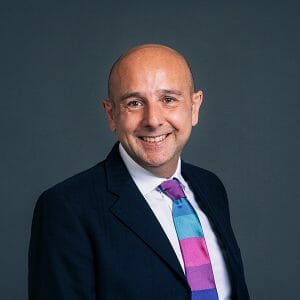Court of Appeal dismisses challenge to festivals in parks
in a judgment today, the Court of Appeal has dismissed a challenge to the ability of local authorities to hold music and other festivals in parks. Although the case involved a London authority, the case is important for local authorities nationwide.
Festivals in parks became established in the 1960s, but have become an important financial resource for authorities struggling with austerity, particularly since parks receive no statutory funding. At the same time, festivals have increased in popularity, and are a firm part of the calendar for music lovers, providing a variety of musical artists in informal, green open settings.
This case was about the Wireless Festival, which takes place in Finsbury Park in Haringey, run by the experienced operator Live Nation. The event takes up 27% of the park and, taking account of the build-up and strike of the set, excludes the public from most of that part for a little over a fortnight.
The London Borough of Haringey permitted the festival to run under section 145 of the Local Government Act 1972, which gives power to authorities to allow entertainment events in parks. However, the Friends of Finsbury Park judicially reviewed the permission, saying that you could not read the 1972 Act by itself. Instead, it had to be read as a single code with section 44 of the Public Health Amendment Act 1890 (“the 1890 Act”) and with the Ministry of Housing and Local Government Provisional Order Confirmation (Greater London Parks and Open Spaces) Act 1967 (“the 1967 Act”).
The former permits certain entertainments in parks, although subject to a limit on the duration of the event. The latter, which applies only to London, also permits entertainments in parks, but subject to a space limitation. According to the Friends, the power in the 1972 Act was limited both by the time and space limitation in the earlier legislation. For good measure, it added that, carefully read, the 1972 Act did not actually allow any member of the public to be excluded from any part of the park even if the event was permitted.
The Friends lost their case in the Administrative Court. Mr. Justice Supperstone said that the 1890, 1967 and 1972 Acts all provided for slightly different, though overlapping, powers, and the Council was entitled to pick which one it wanted to use for the purpose.
Now in the Court of Appeal, the Friends were joined by the Open Spaces Society, who were given permission to intervene. The Society pointed to the fact that the park was held under section 10 of the Open Spaces Act 1906, which creates a statutory trust of land, requiring the authority to hold it for the purpose of public recreation. This, it was suggested, tempered the exercise of power under section 145.
The Court of Appeal dismissed the appeal. It agreed with Mr. Justice Supperstone that the three Acts could not be read subject to each other. They were Acts passed at different times for slightly different purposes. Section 145, by speaking of “enclosure”, did permit the public to be excluded, even though worded less strictly than some earlier statutes.
Given that no specific challenge had been made under section 10 of the Open Spaces Act 1906 at first instance, the Court did not consider whether such a challenge would have succeeded. It did, however, observe that such a challenge may have been difficult to mount given the public processes and policy formulation which had preceded the letting of the park for this event.
The judgment can be read here.
Philip Kolvin QC and Ranjit Bhose QC were instructed by Raymond Prince of the London Borough of Haringey.

